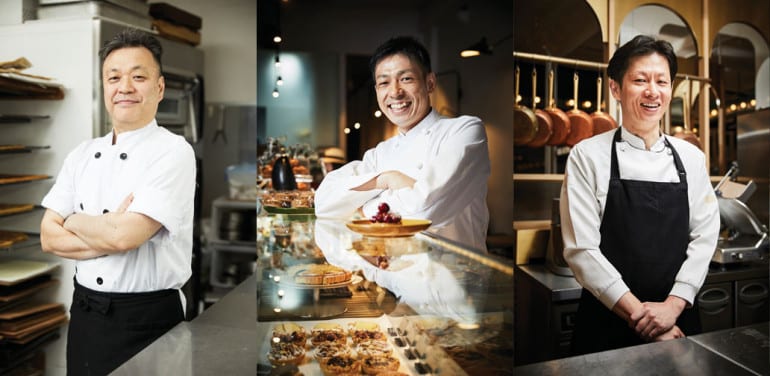Soft, fluffy, and all things pretty. We find out what makes our beloved Japanese cakes so popular!
Ask anyone what comes to mind when they think of Japanese cakes, and they’ll tell you how delectably soft their sponge layers are, or how beautifully decorated these confections can be. And with summer being the time for all things vibrant and thirst-quenching, it’s no surprise that cakes topped with a bounty of juicy berries are popular Japanese treats loved across every city.
But wait, you might wonder, ‘Aren’t cakes a Western invention?’. While Japanese cakes may be the pride of its people, it was actually the Portugese who first introduced them in the form of Castella sweets during the late 16th century. Made with eggs, flour and sugar, this basic recipe proved to be the starting point for a myriad of culinary inventions to follow.
Today, contemporary Japanese sweets have mostly been influenced by French patisseries. Over the years, Western influence and innovative preparation techniques have created a unique, local style. Japanese-style cake is distinct – it has light sponge layers, a milder taste, local ingredients, and lavish decorations be it luscious fruits, origami-like swirls of cream or the complex pairing of textures.
Amidst the sprawling landscape of bakeries and patisseries in Singapore, kings of cream reign over the confectionery kingdom. We speak with three cake chefs on how they remain on top, and why the Japanese-style cake is adored by one and all.
